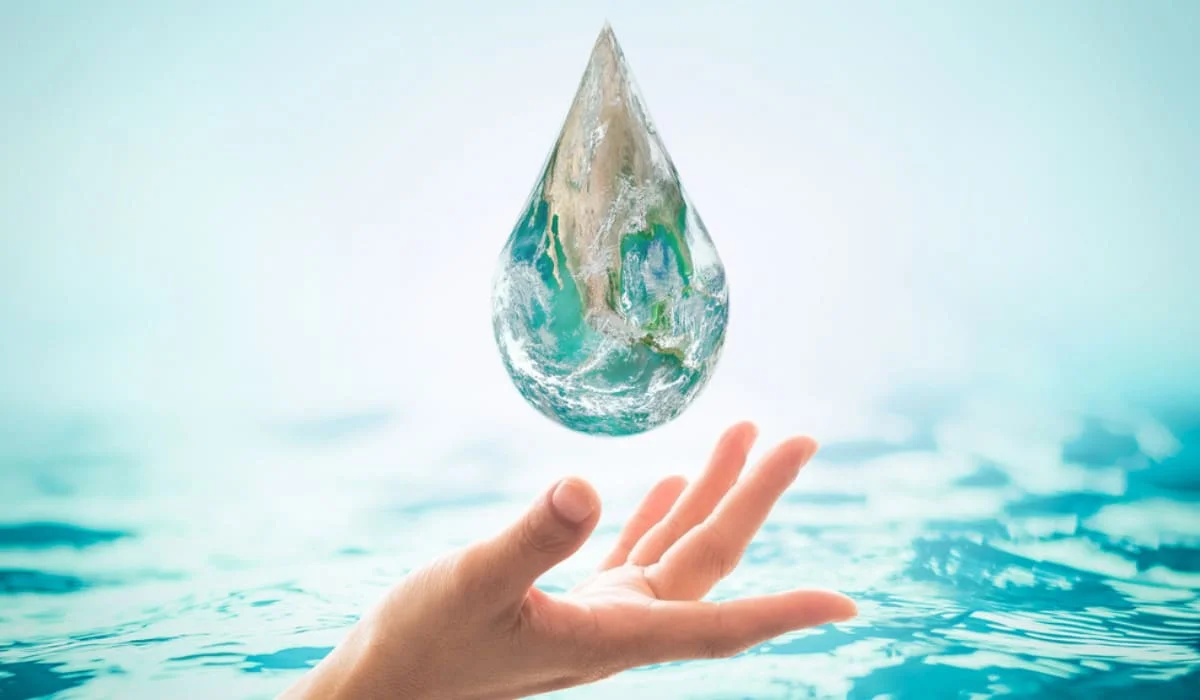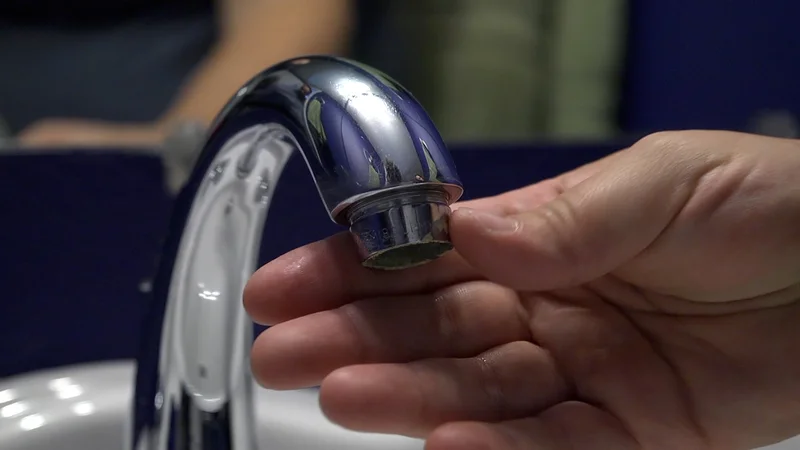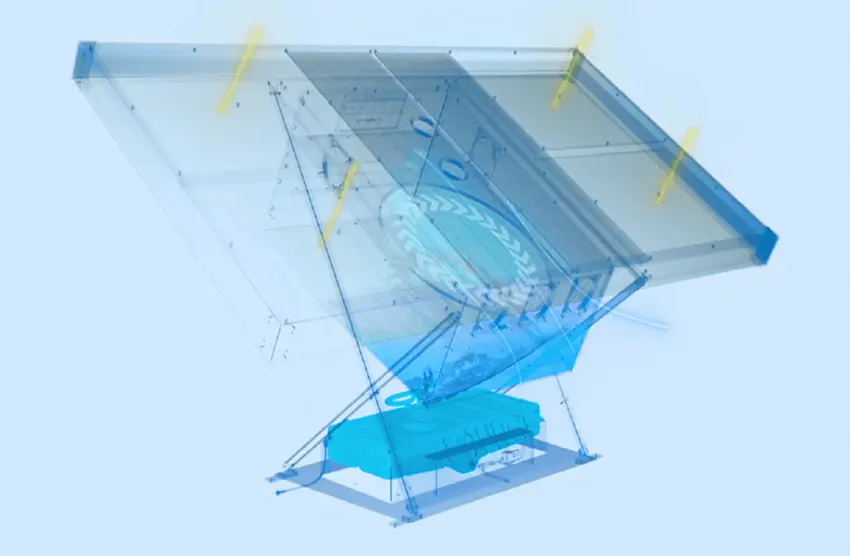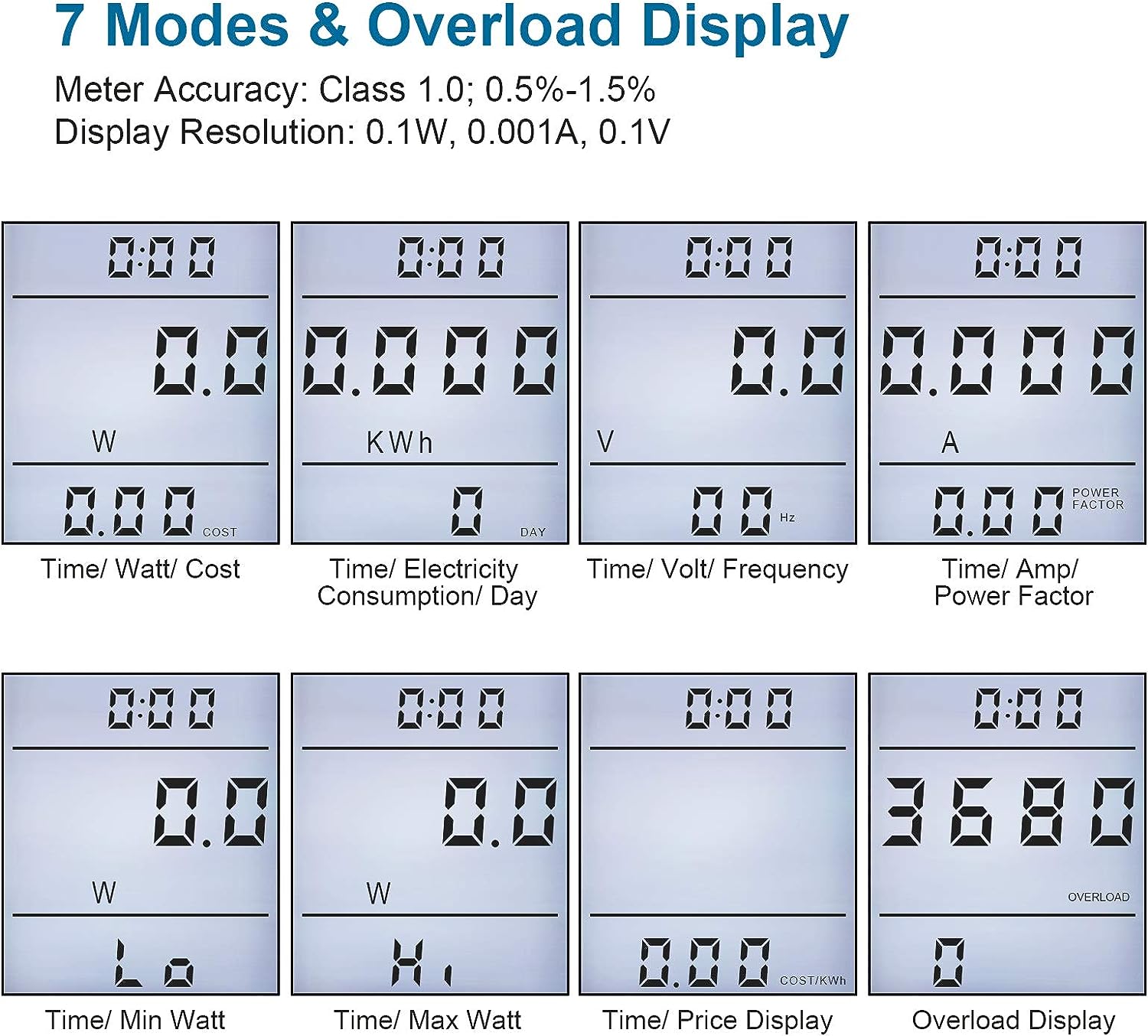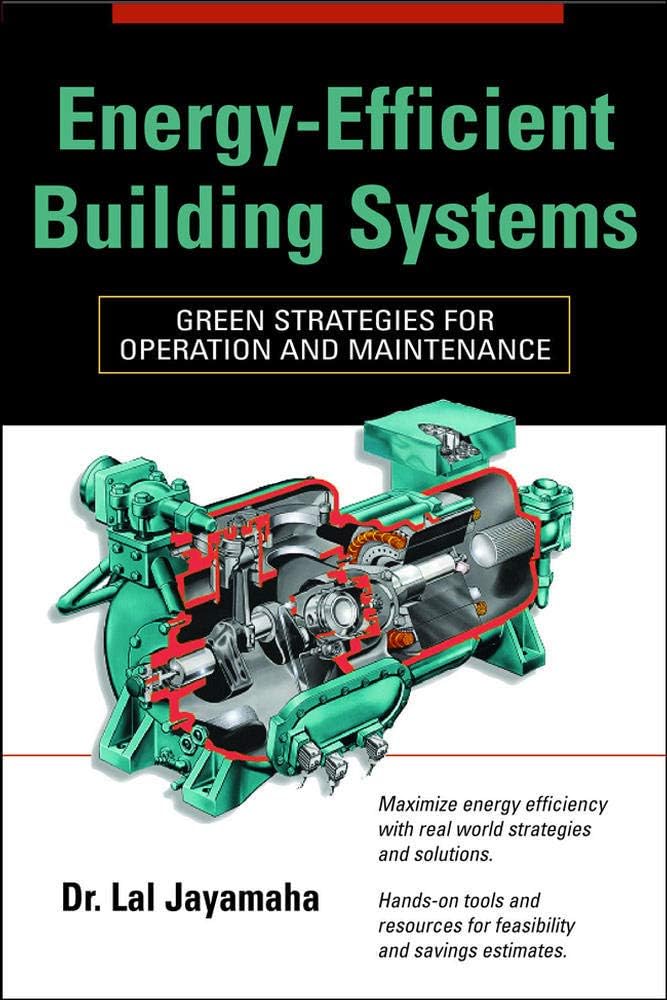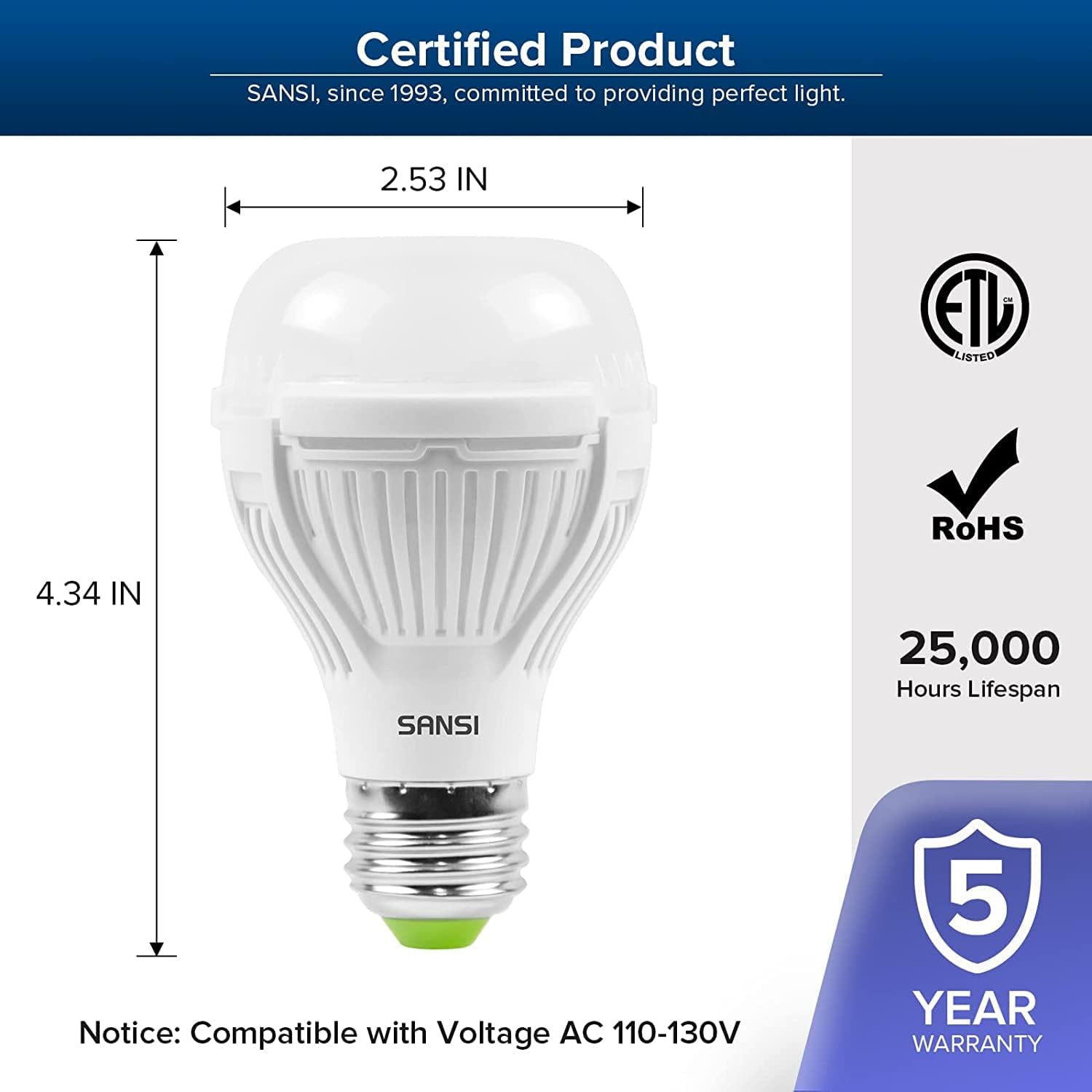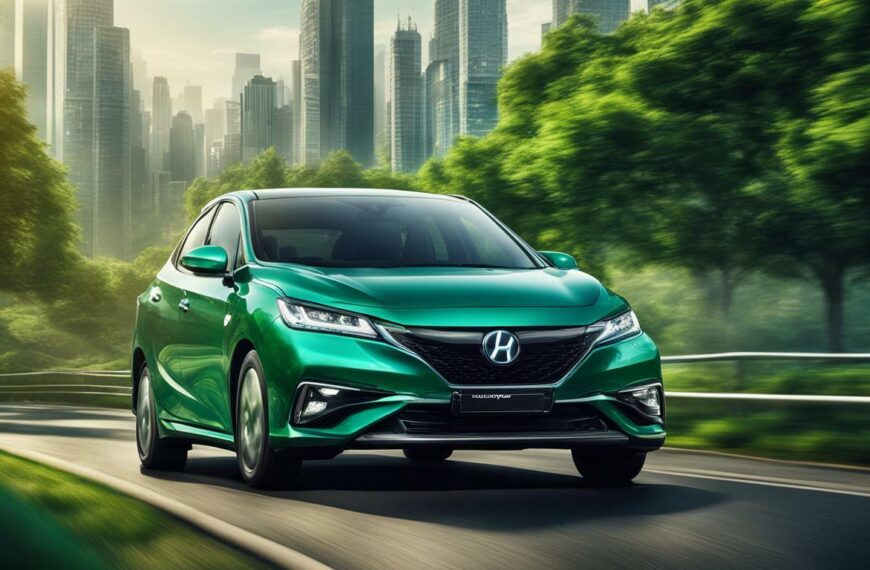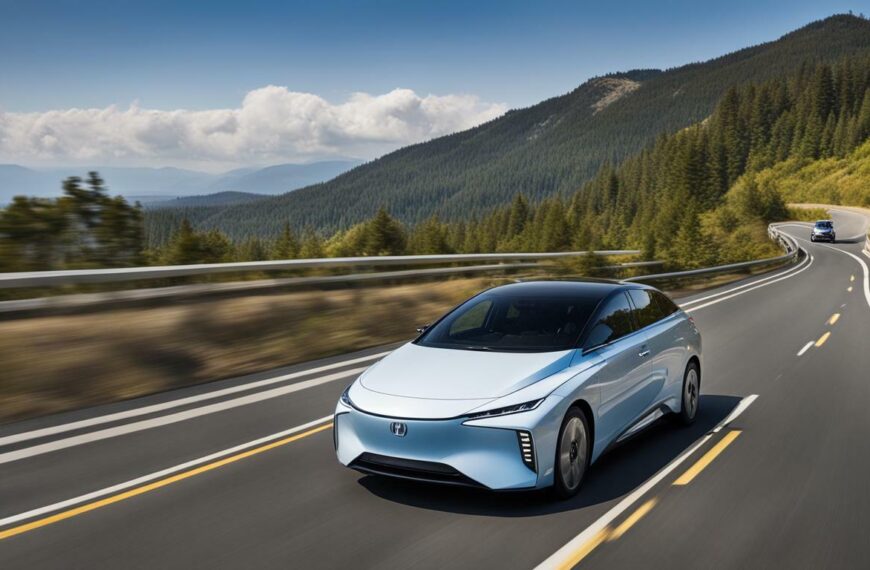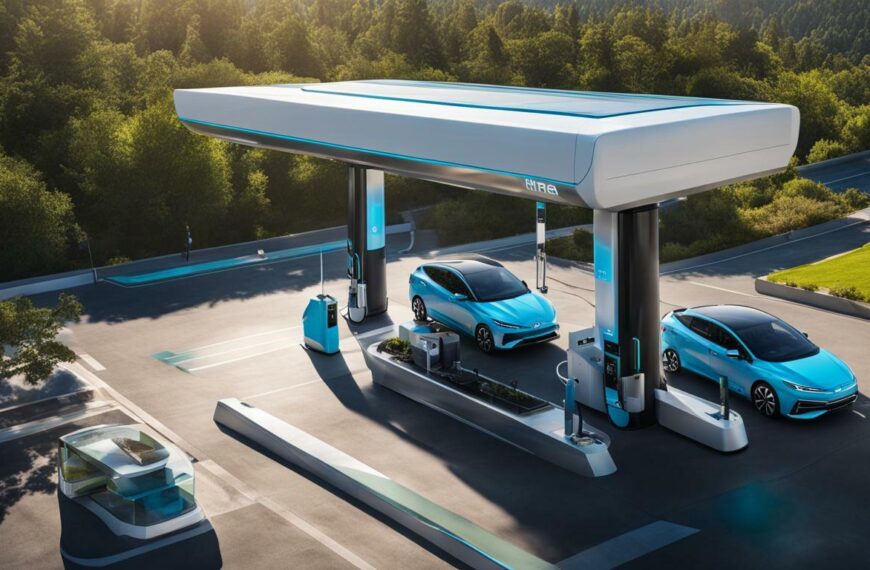Technologies for Residential Water Conservation
Yes, we can use many, many tools to save water at home. To start with the easiest to implement: Shower regulators: Shower regulators help us use less water when we bathe. They control the amount of water that flows from the showerhead. Faucet aerators also reduce water flow.
They mix air into the stream of water from our taps, so we use less water each time we turn them on.
Toilet tank fill cycle diverters are another useful tool for saving water in homes. These devices change how much clean water is used during each toilet flush. With them, we only use half of the usual amount of potable (clean) water!
Next, outdoor irrigation controls and rain sensors help with garden watering needs while using less H2O! The soil moisture sensors make sure plants don’t get too much or too little hydration – these tools adjust how often and how much they need you to give it a drink.
The next items are great for finding leaks – an important part of cutting down on wasted household H2O! Toilet leak prevention devices alert us when our toilets aren’t working right and leaking valuable gallons away.
Similarly, whole-house leak detection systems find hidden pipe leaks before they cause costly damage.
Finally, there’s one more device left: Water Flow Management Device which works like a gatekeeper for your entire home’s plumbing system – regulating pressure and ensuring no sudden burst or overflow happens as hot tubs fill, washing machines run, etc.
Shower Regulators
We save a lot of water with shower regulators. These tools cut down on how much water we use when taking showers. They are great for saving water and cutting costs. Landlords like them because they help in the fight to conserve water.
Tenants see a drop in their bills too! Shower regulators also save energy which leads to even more savings for us all.
Faucet Aerators
Faucet aerators are a smart pick to save water. They help us use less water by mixing air into the flow. This can cut down your water usage in a big way over time! Plus, they stop that annoying faucet noise that keeps you awake at night.
It’s not just about saving money; it’s also about having peace and quiet! WaterSense labeled faucets, which include aerators, work well and save water too. But be careful though! High-efficiency ones may not fit all needs.
Make sure to check what will work for your home or business before you put one in.
Toilet Tank Fill Cycle Diverters
Toilet tank fill cycle diverters help us use less water. We put them in older toilets. They move more water to the tank and less goes into the bowl when we flush. This way, we can save a lot of water because flushing uses up about one third of our household water.
These diverters are top-notch tools for saving water. They make big changes in how much water we save at home. They’re also good for our pockets as they cut down on high water bills and keep clean, potable sources safe for future use.
Every small effort helps protect our precious natural resources!
Outdoor Irrigation Controls and Rain Sensors
Outdoor irrigation controls and rain sensors are cutting-edge technologies that are revolutionizing water conservation efforts in the United States. These technologies help reduce water waste in outdoor irrigation systems by providing more precise control and scheduling.
Rain sensors play a crucial role by turning off irrigation systems during rainy periods, preventing unnecessary watering of landscapes. By incorporating these smart technologies into agriculture and landscaping practices, we can minimize water usage and ensure a more sustainable future for our water resources.
Soil Moisture Sensors
Soil moisture sensors are an innovative technology that plays a crucial role in water conservation. These sensors use moisture levels in the soil to determine whether or not watering is necessary.
By preventing scheduled watering when the soil is already moist, these sensors help to reduce water consumption and improve conservation efforts. In addition, wireless soil moisture sensors provide real-time data on soil moisture levels, allowing for more accurate irrigation scheduling.
This technology is especially important in precision agriculture, where it helps farmers optimize water usage and increase crop yields. Scott has gained international recognition for developing advanced soil water content sensors that have revolutionized the industry.
One example of using soil moisture sensor systems is through LoRaWAN technology which can decrease water consumption and further support efficient irrigation practices.
Toilet Leak Prevention Device
The Toilet Leak Prevention Device is an innovative solution for saving water in residential and commercial buildings. It is a motion sensing system that automatically shuts off the toilet’s water supply when it detects motion, preventing leaks and reducing water waste.
Leaking toilets can lead to high water bills, with water flowing at a rate of three to five gallons per minute. By incorporating the Toilet Leak Prevention Device, we can efficiently manage our water usage, contribute to sustainable practices, and revolutionize conservation efforts.
Leak Detection System
Leak detection systems are important tools for conserving water and preventing unnecessary waste. These systems are designed to identify and fix leaks in pipes and plumbing systems, helping to reduce water consumption and save money on water bills.
For multi-tenant buildings, leak detection systems can be especially beneficial in identifying leaks that may go unnoticed otherwise. By using advanced technologies such as fiber optics and artificial intelligence, these systems can analyze real-time water flow and detect anomalies or signs of leakage.
Companies like WaterSignal, LLC have partnered with Metron Farnier to offer comprehensive solutions for water management, including smart water meters and leak detection systems. With the help of these cutting-edge technologies, we can significantly improve our ability to conserve precious water resources.
Water Flow Management Device
A Water Flow Management Device is a cutting-edge technology that helps conserve water in residential settings. This device monitors and controls the flow of water, allowing users to optimize their usage and reduce waste.
By regulating the amount of water that flows through faucets, showers, or irrigation systems, this device ensures that only the necessary amount of water is used for each task. It helps homeowners save money on their water bills while also contributing to the conservation efforts by reducing overall water consumption.
With a Water Flow Management Device, individuals can enjoy all the benefits of using water while being mindful of its limited supply.
It Pays to Conserve
Implementing cutting-edge water conservation technologies not only helps protect our precious water resources, but it can also lead to significant cost savings. By reducing water consumption through the use of technologies like shower regulators and faucet aerators, households and businesses can see a decrease in their water bills.
In fact, studies have shown that wireless irrigation systems can save up to 20% of water compared to traditional methods. Companies like NASA have been pioneering innovative water conservation and purification technologies, proving that investing in these advancements is crucial for promoting sustainability.
By embracing these cutting-edge solutions, we not only contribute to the greater good by conserving our valuable natural resource but also reap financial benefits in the process.
Water Conservation Technologies: Paving the Way for a Sustainable Future
Water is the lifeblood of our planet, and as we face increasing challenges related to climate change and overpopulation, the importance of conserving this precious resource cannot be overstated. With the advent of modern technology, we now have a plethora of tools and techniques at our disposal to ensure that every drop counts. This article delves deep into the world of water conservation technologies, shedding light on the latest innovations and methods that can help us use water more efficiently.
The Current Water Scenario
Every day, an average household can use up to 400 gallons of water. From flushing toilets to watering gardens, the use of water in our daily lives is immense. However, with the increasing water shortage issues globally, there’s a pressing need to adopt water conservation measures. High water usage not only strains our local water resources but also leads to increased water and sewer costs for municipalities.
The Importance of Water Quality
Water quality plays a pivotal role in conservation. By ensuring that the water we consume and use is of high quality, we can prevent waterborne diseases and reduce the need for water treatment. Treating water not only requires energy but also leads to water loss during the process. Therefore, maintaining water quality is paramount.
Modern Water Systems and Their Role in Conservation
Modern water systems, especially those designed for households, are now equipped with the latest water conservation technologies. A hot water system, for instance, can be designed to heat the water only when required, ensuring less water per usage. Moreover, these systems come with features that can detect water leaks, shut off the water supply in case of a leak, and even regulate water pressure, ensuring optimal water use efficiency.
Water Saving Techniques for Households
There are numerous ways to save water in households. Simple measures like fixing water leaks, using water-efficient fixtures, and being mindful of outdoor water usage can lead to significant water savings. Moreover, by understanding the types of water systems and their specific requirements, households can tailor their water-saving techniques accordingly.
The Role of Water Recycling
Water recycling is one of the most effective conservation methods. By recycling water, we can significantly reduce water usage. For instance, treated wastewater can be used for flushing toilets or irrigation, reducing the use of potable water for such purposes. Water recycling not only conserves water but also ensures that large volumes of water aren’t wasted.
Agricultural Water Conservation
Agriculture is one of the largest consumers of water. By adopting agricultural water conservation techniques, farmers can ensure that they use water efficiently, leading to higher yields. Techniques like drip irrigation ensure that water is delivered directly to the plant roots, reducing water wastage.
FAQs
What water conservation techniques are most successful?
Drip irrigation, rainwater harvesting, and water recycling are among the most successful techniques.
What are the advanced water conservation methods?
Advanced methods include smart irrigation systems, greywater systems, and AI-driven water management systems.
What are the 5 methods of water conservation?
Rainwater harvesting, drip irrigation, water recycling, using water-efficient fixtures, and fixing leaks.
What is the latest technology for water conservation?
Smart irrigation systems, AI-driven water management, and advanced water recycling techniques are the latest in technology.
What are the best water conservation methods?
The best methods are those that are sustainable, cost-effective, and can be easily adopted, such as rainwater harvesting and water recycling.
What are the unique water conservation methods?
Unique methods include using atmospheric water generators, creating edible water blobs, and using hydrogel for agriculture.
